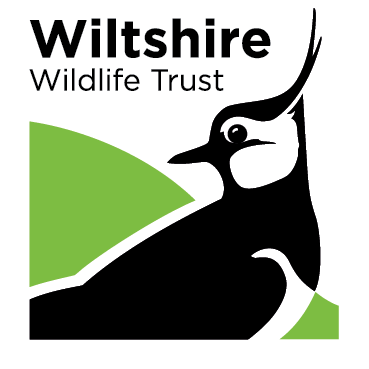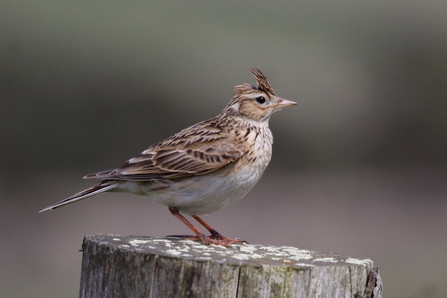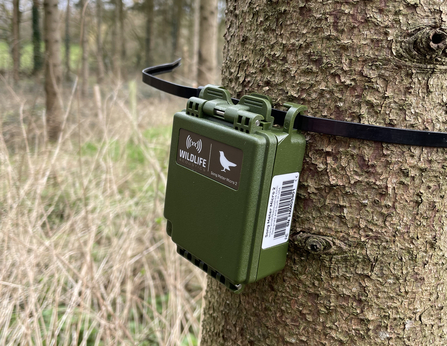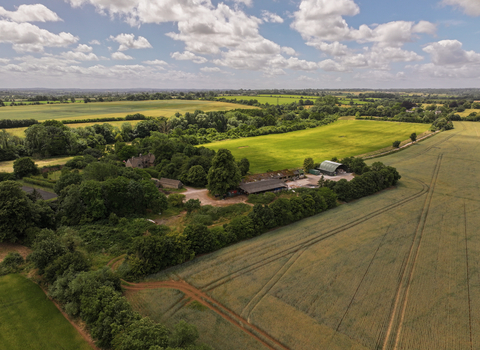The National Trust and Wiltshire Wildlife Trust (WWT) have recently formed a groundbreaking collaboration at Great Chalfield farm, seeing WWT commit to a 49-year lease that will enable us to manage the 140-hectares of arable, pasture and farm land for natures recovery. We hope to transform the surrounding farmland into a thriving ‘Learning Hub for Nature, Regenerative Farming and Green Finance’ where farmers and landholders can learn how to develop a range of nature-based solutions and access new markets for environmental services.
You can read more about this exciting collaboration here.




